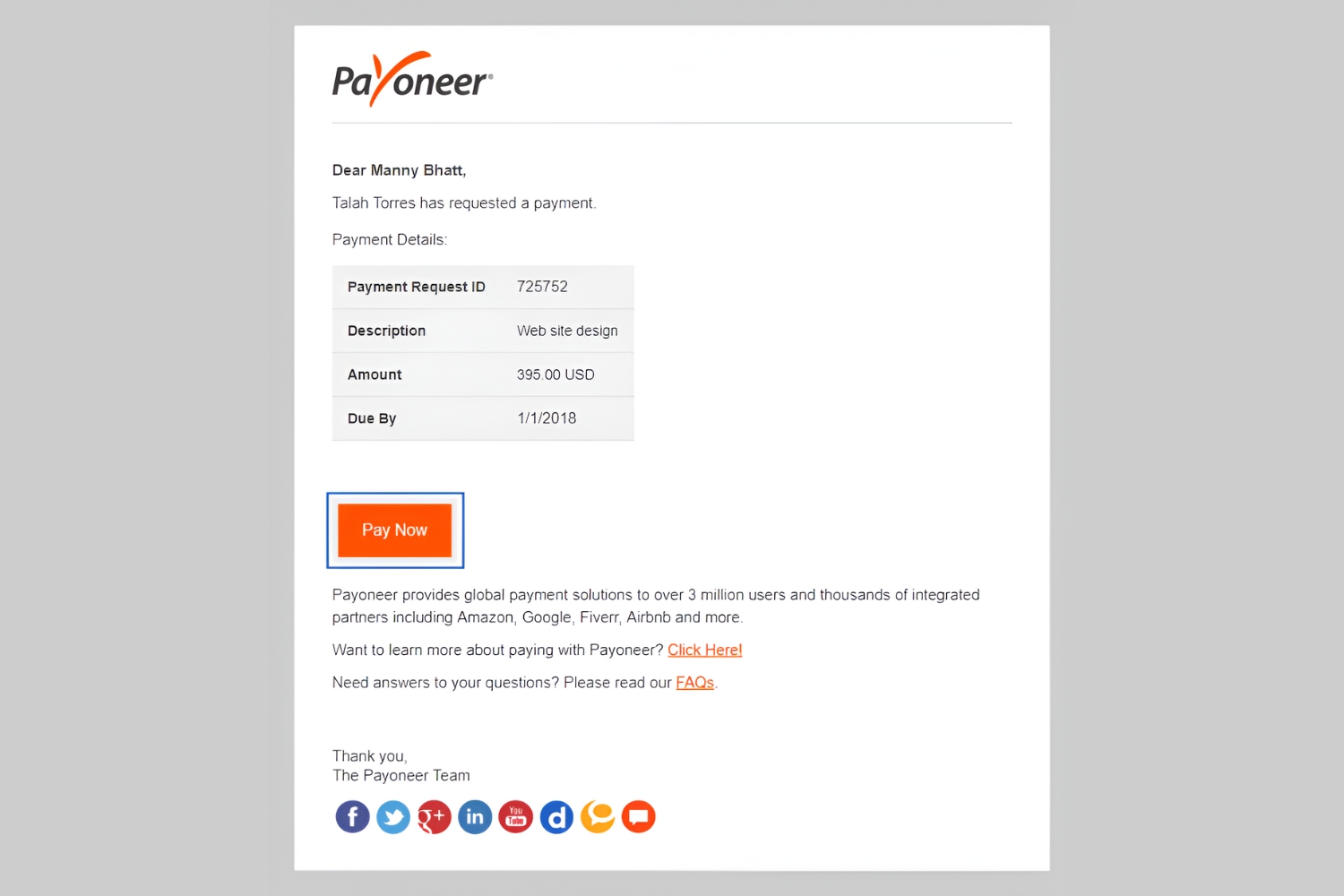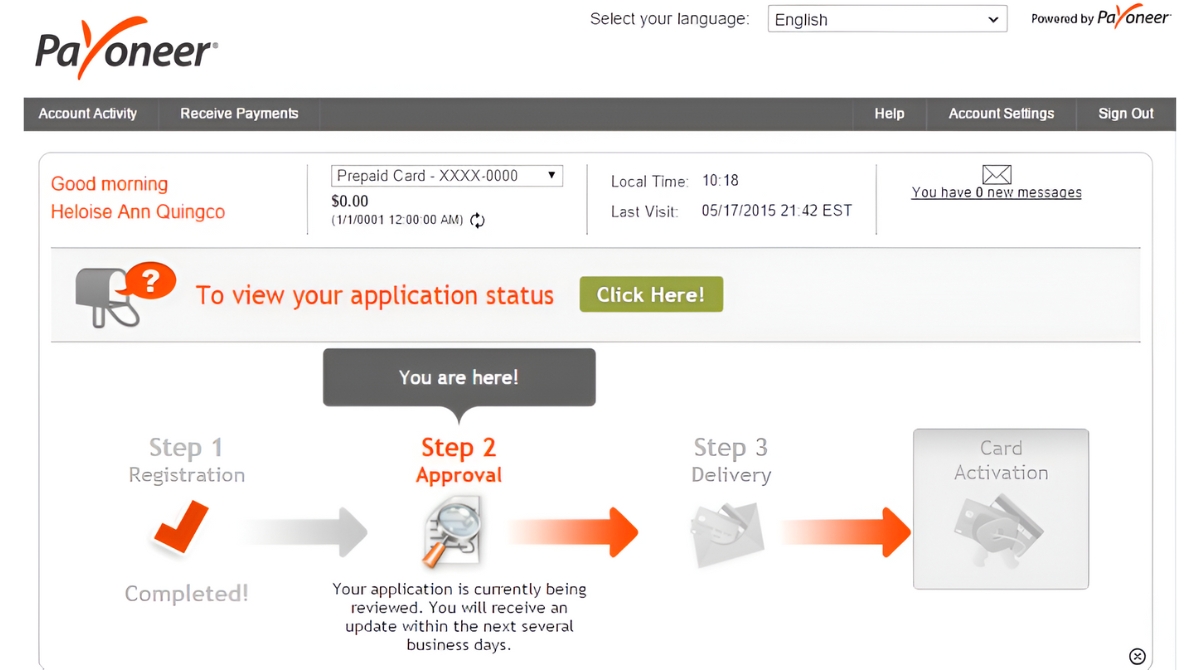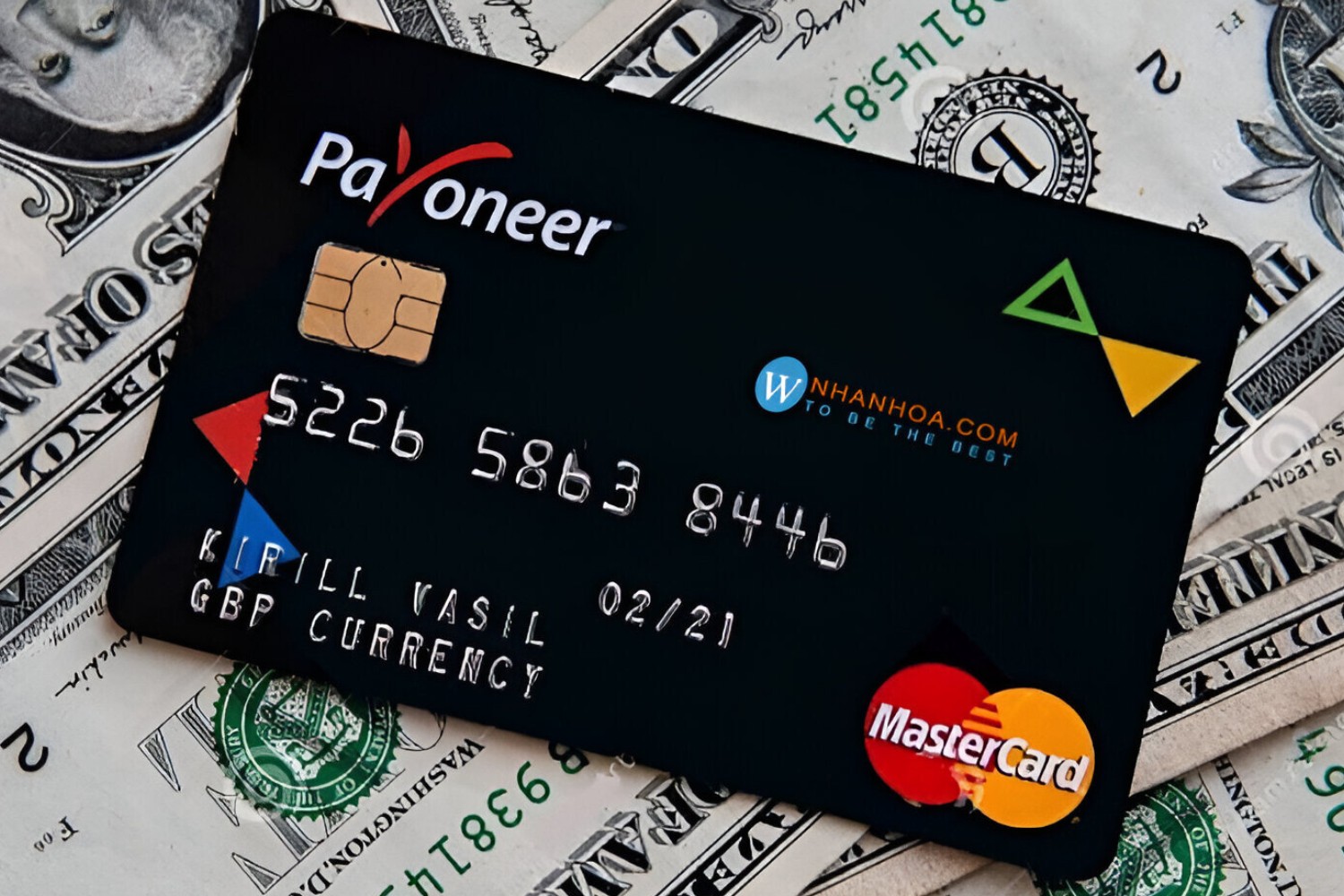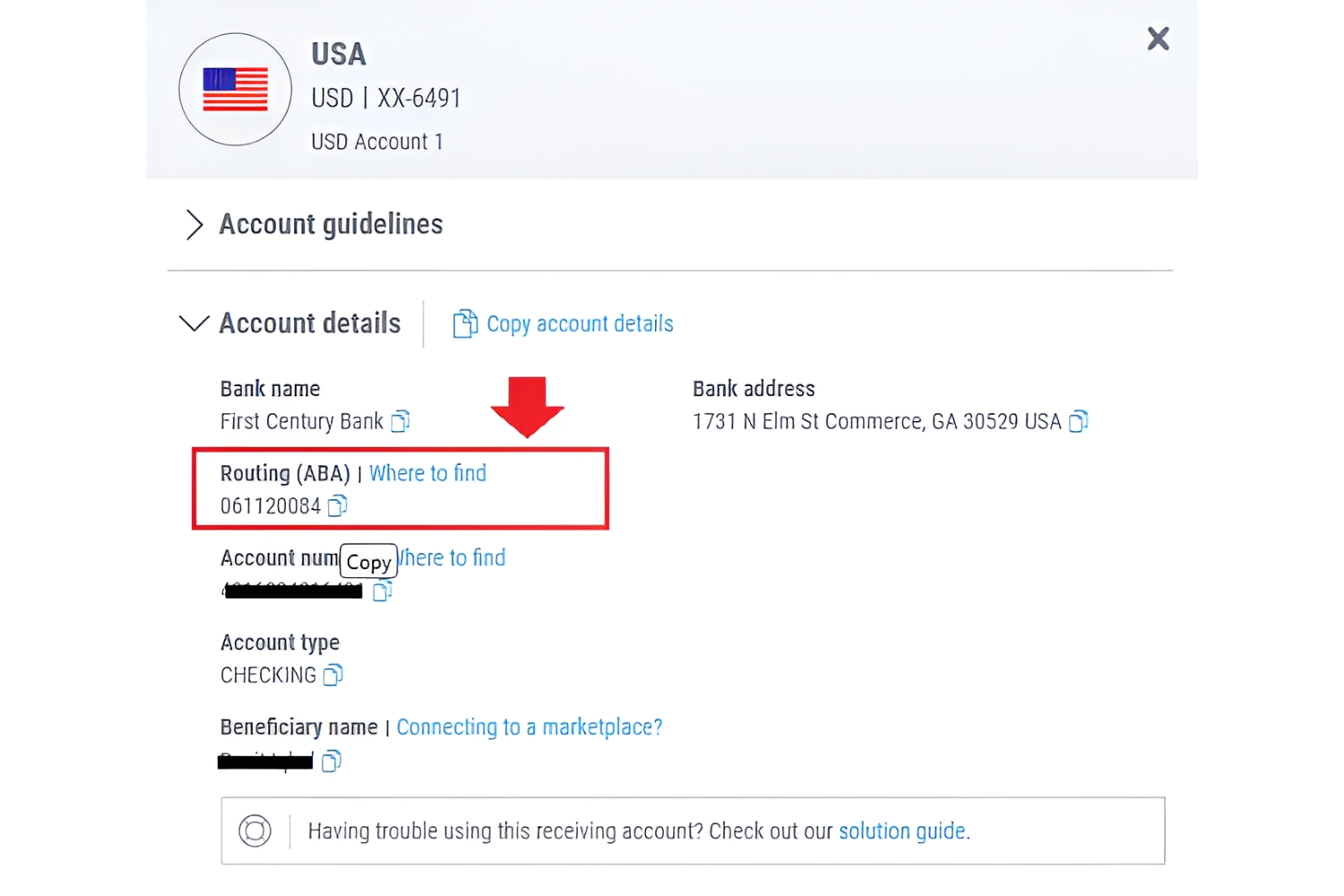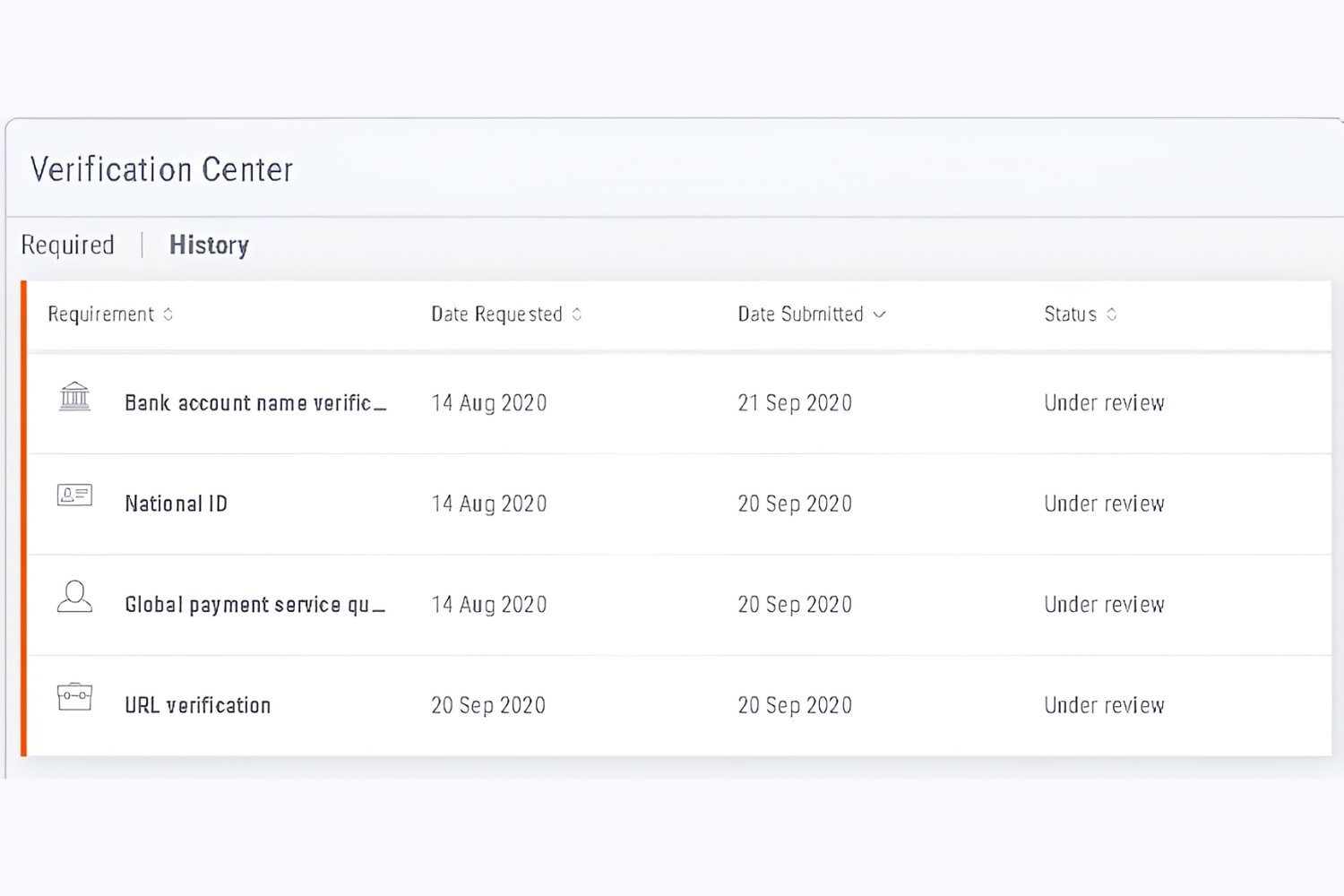Introduction
Welcome to the world of Payoneer transfers! If you’re wondering how long it takes for a Payoneer transfer to go through, you’ve come to the right place. Payoneer is a leading global payment platform that enables businesses and individuals to send and receive money across borders. Whether you’re a freelancer receiving payments from international clients or a business owner paying suppliers overseas, knowing the approximate transfer time is crucial for planning and managing your finances.
In this article, we will explore the factors that affect the transfer time, the standard transfer time for different countries and currencies, as well as the options available for expedited transfers. We will also provide you with some useful tips to ensure faster transfers.
Understanding how Payoneer transfers work is essential to grasp why transfer times might vary. When you initiate a transfer, Payoneer acts as an intermediary, facilitating the movement of funds from the sender to the recipient. The actual transfer, however, involves multiple steps, including processing time by Payoneer, local bank processing, currency conversion, and local banking hours.
Now, let’s dive deeper into the factors that can impact the time it takes for a Payoneer transfer to be completed. By gaining a better understanding of these variables, you’ll be better equipped to estimate the transfer time and plan accordingly.
Understanding Payoneer Transfers
Before we delve into the specifics of transfer times, let’s take a closer look at how Payoneer transfers actually work. Payoneer leverages its global network of banking partners to facilitate seamless cross-border transactions. When you request a transfer, Payoneer acts as an intermediary, linking your account with the recipient’s account through secure channels.
One important aspect to note is that Payoneer offers different transfer options, including bank transfers and card-to-card transfers. Bank transfers involve routing the funds through local banks, which can be subject to their processing times and banking hours. On the other hand, card-to-card transfers allow for faster transfers, as the funds are transferred directly between Payoneer accounts.
Once you initiate a transfer, Payoneer validates the transaction details and begins the processing. During this stage, Payoneer reviews the transaction for compliance with regulatory requirements and ensures that all necessary information is accurate and complete.
After the initial processing, the transfer enters the local banking system. The time it takes for the transfer to move through the local banking system can vary depending on the efficiency of the local infrastructure and the banking hours of the country involved. It’s important to note that weekend days, public holidays, and local banking holidays can also impact the transfer time.
If the transfer involves currency conversion, an additional step is required. Payoneer uses competitive exchange rates to facilitate the conversion between different currencies. The time it takes for the conversion process largely depends on the volume of transactions at the given time and the complexity of the currency pairing involved.
In situations where the transfer requires manual review, it can introduce further delays. Manual reviews are typically conducted for high-value transfers or transfers that may trigger additional scrutiny due to compliance or security reasons. While Payoneer strives to complete the manual reviews as quickly as possible, it’s important to factor in this additional time when estimating your transfer’s arrival.
Overall, understanding the intricacies of Payoneer transfers can shed light on the various stages involved and the potential factors that can influence transfer times. Now that we have a solid grasp of how Payoneer transfers work, let’s explore the factors that can affect the transfer time in more detail.
Factors that Affect Transfer Time
Several factors can affect the time it takes for a Payoneer transfer to be completed. Understanding these factors can help you manage your expectations and plan your finances accordingly. Let’s take a closer look at some of the key variables that influence transfer times:
- Payment Method: The method you choose for transferring funds can significantly impact the transfer time. Bank transfers typically take longer compared to card-to-card transfers, as bank transfers involve additional processing through the local banking system.
- Country and Currency: The country you’re sending money from and the recipient’s country play a role in determining the transfer time. Some countries have more efficient banking systems, which can expedite the transfer process. Additionally, the currency you’re sending and receiving can also affect the transfer time, especially if currency conversion is involved.
- Banking Holidays and Weekends: Keep in mind that banking holidays and weekends can delay the transfer process. If a payment is initiated on a non-business day or during a bank holiday, the transfer may be processed on the following business day.
- Transaction Amount: The amount being transferred can also impact the transfer time. Large transactions may require additional verification or manual review, which can introduce delays in the processing time.
- Compliance and Security Checks: Payoneer takes compliance and security very seriously, and certain transactions may require manual review for verification. These checks are in place to ensure the safety and integrity of the transfer, but they can extend the overall transfer time.
- Banking Infrastructure: The efficiency of the local banking system can influence transfer times. Countries with outdated or less efficient banking infrastructures may experience longer transfer times compared to countries with more advanced systems.
It’s important to keep these factors in mind when estimating the transfer time for your Payoneer transactions. While Payoneer strives to process transfers as quickly as possible, the variables mentioned above can impact the overall transfer time. Now that we understand the factors that affect transfer times, let’s move on to exploring the standard transfer times for different countries and currencies.
Standard Transfer Time for Different Countries and Currencies
The transfer time for Payoneer transactions can vary depending on the countries and currencies involved. While Payoneer strives to process transfers as quickly as possible, it’s important to note that the following information provides a general guideline and actual transfer times may vary.
For bank transfers, the standard transfer time can range from 2 to 7 business days. However, some transfers may be completed even faster, especially within countries that have well-developed banking systems and efficient local infrastructures. On the other hand, transfers to countries with less efficient banking systems may take longer to process and clear.
When it comes to currency conversion, the time required can vary depending on the currencies involved and the volume of transactions at the given time. Payoneer aims to provide competitive exchange rates and complete the conversion process promptly. However, it’s important to factor in additional time for currency conversion, especially when dealing with less commonly used or exotic currencies.
It’s worth noting that Payoneer offers local currency receiving accounts in select countries. This means that if you receive payments in a local currency, the transfer time can be significantly reduced. With local currency receiving accounts, funds are transferred within the Payoneer system, avoiding the need for additional bank processing and currency conversion.
To get a more accurate estimate of the transfer time for your specific country and currency pairing, it’s advisable to refer to Payoneer’s website or contact their customer support. They will be able to provide you with the most up-to-date information and any country-specific details that may affect transfer times.
In the next section, we will explore expedited transfer options that Payoneer offers for those who require faster transfers.
Expedited Transfer Options
If you’re in need of faster transfer times, Payoneer offers expedited transfer options that can help accelerate the process. These options can be particularly beneficial for urgent payments or time-sensitive transactions. Let’s take a look at some of the expedited transfer options available:
- Payoneer Mastercard: If you have a Payoneer Mastercard, you can use it to make payments directly at Point-of-Sale (POS) terminals or withdraw funds from ATMs. This provides immediate access to your funds, making it a fast and convenient option for transferring money.
- Payoneer to Payoneer Transfers: One of the quickest ways to transfer funds is by using Payoneer to Payoneer transfers. If both you and the recipient have Payoneer accounts, you can transfer funds between your accounts instantly. This eliminates the need for external bank processing and can significantly expedite the transfer time.
- Expedited Processing Service: Payoneer offers an expedited processing service for an additional fee. By opting for this service, you can prioritize your transfer and have it processed more quickly. This can be beneficial for urgent payments that need to be received within a specific timeframe.
- Batch Payments: For businesses or freelancers who need to make multiple payments at once, utilizing Payoneer’s batch payments feature can streamline the process. By consolidating multiple payments into a single batch, you can save time and potentially expedite the overall transfer time.
When considering expedited transfer options, it’s important to weigh the benefits against the associated costs. While expedited services can provide faster transfer times, they may come with additional fees or charges. It’s advisable to review the pricing and terms of the expedited options available to determine if they align with your needs and budget.
By leveraging these expedited transfer options, you can accelerate the transfer time and ensure that your funds reach their destination promptly. However, it’s always recommended to plan ahead and allow for ample time when initiating transfers to avoid any last-minute delays.
In the next section, we will provide some helpful tips for faster transfers that you can implement to optimize the speed of your Payoneer transactions.
Tips for Faster Transfers
While transfer times can be influenced by various factors outside of your control, there are several steps you can take to optimize the speed of your Payoneer transfers. These tips can help you ensure that your funds are transferred as quickly as possible:
- Complete Account Verification: Make sure to fully complete your Payoneer account verification process. This includes providing accurate and up-to-date information, as well as submitting any required documents or identification. A fully verified account reduces the chances of delays or additional manual reviews.
- Use Local Currency Receiving Accounts: Take advantage of Payoneer’s local currency receiving accounts, if available in your country. By receiving payments in the local currency, you can bypass the need for currency conversion and potentially expedite the transfer process.
- Choose Card-to-Card Transfers: If speed is a priority, consider using Payoneer’s card-to-card transfer option. This allows for direct transfers between Payoneer accounts, eliminating the need for bank processing and potentially reducing transfer times.
- Plan Transfers in Advance: Whenever possible, plan your transfers in advance. This gives you ample time to account for any potential delays, such as weekends, public holidays, or bank processing times.
- Utilize Expedited Processing: If time is of the essence, consider utilizing Payoneer’s expedited processing service. While this can come with an additional fee, it prioritizes your transfer and may significantly reduce the overall transfer time.
- Communicate with Recipients: Coordinate with the recipients of your transfers to ensure that they are prepared to receive the funds. Providing them with the necessary information and confirming their Payoneer account details can help avoid any potential delays or errors on their end.
By following these tips, you can increase the chances of faster transfers and ensure that your funds reach their intended destination in a timely manner. However, it’s important to keep in mind that transfer times can still vary based on external factors. Planning ahead and allowing for sufficient time is always recommended.
In the next section, we will address some frequently asked questions regarding Payoneer transfer times to provide further insights and clarity.
Frequently Asked Questions about Payoneer Transfer Time
As Payoneer transfer times are an important aspect of international financial transactions, it’s natural to have questions. Here are some frequently asked questions regarding Payoneer transfer time:
1. How long does a standard Payoneer transfer take?
The standard transfer time for Payoneer transactions can range from 2 to 7 business days, depending on various factors, such as the countries involved, the currencies being used, and the efficiency of the local banking systems.
2. Can I expedite my Payoneer transfer?
Yes, Payoneer offers expedited transfer options to help accelerate the process. You can opt for Payoneer’s expedited processing service for a fee, which prioritizes your transfer and reduces the overall transfer time.
3. Are there any fees associated with expedited transfers?
Yes, expedited transfers may come with additional fees or charges. It’s important to review the pricing and terms of the expedited options available to determine if they align with your needs and budget.
4. Can I speed up the transfer time by using card-to-card transfers?
Yes, card-to-card transfers through Payoneer can be a faster option compared to bank transfers. With card-to-card transfers, funds are transferred directly between Payoneer accounts, bypassing the need for bank processing.
5. Can public holidays or weekends affect transfer times?
Yes, public holidays and weekends can impact the transfer time. If a payment is initiated on a non-business day or during a bank holiday, the transfer may be processed on the following business day.
6. How can I ensure faster transfers?
To ensure faster transfers, complete your Payoneer account verification, utilize local currency receiving accounts (if available), plan transfers in advance, and consider utilizing expedited processing services. Communication with the recipient can also help streamline the transfer process.
7. Can manual reviews delay the transfer process?
Yes, certain transactions may require manual reviews for compliance or security reasons. While Payoneer strives to complete manual reviews as quickly as possible, they can introduce additional time delays.
It’s important to note that while this section answers commonly asked questions, individual transfer times may still vary based on specific circumstances and external factors. For the most accurate and up-to-date information, it’s advisable to refer to Payoneer’s website or contact their customer support.
Now that we have addressed some frequently asked questions, let’s wrap up with a summary of the key insights we’ve covered in this article.
Conclusion
Understanding the transfer time for Payoneer transactions is essential for effectively managing your international payments. While Payoneer strives to process transfers as quickly as possible, several factors can influence the overall transfer time.
In this article, we explored the intricacies of Payoneer transfers, including the intermediary role of Payoneer, the various stages involved in the transfer process, and the factors that can affect transfer times. We discussed how payment method, country and currency, banking holidays, transaction amount, compliance checks, and banking infrastructure can impact the transfer time.
We also highlighted the standard transfer time for different countries and currencies, although it’s crucial to note that these are general guidelines and actual transfer times may vary.
To expedite transfers, Payoneer offers various options, including card-to-card transfers, expedited processing services, and batch payments. These options can help you accelerate transfer times, but it’s important to consider any associated fees.
Additionally, we provided tips for faster transfers, such as completing account verification, using local currency receiving accounts, and planning transfers in advance. By implementing these tips, you can optimize the speed of your Payoneer transfers.
Lastly, we addressed frequently asked questions about Payoneer transfer times, providing insights into the standard transfer time, expedited options, fees, and how to ensure faster transfers.
Throughout this article, we aimed to provide you with a comprehensive understanding of Payoneer transfer times and equip you with the knowledge to navigate and optimize your international payments efficiently.
Remember, while Payoneer strives to minimize transfer times, it’s always important to plan ahead, allow for potential delays, and communicate effectively with the recipients to ensure a seamless and timely transfer process.







